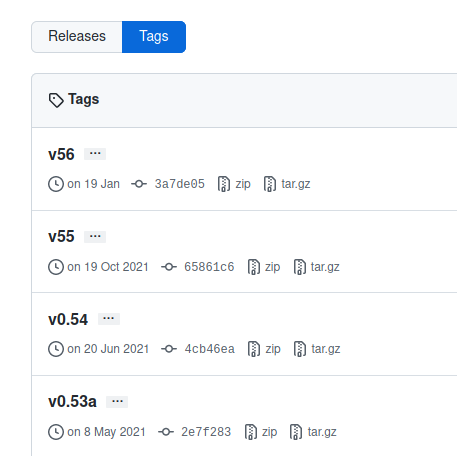You are completely right, Semantic Versioning is not a silver bullet (there are few such things in software).
You are also right by saying that not all operating system are using SemVer (though, MacOS does).
Ubuntu uses a chronological versioning (for example, 20.04 stands for april 2022, 21.10 for october 2021) as well as Windows (Windows 10 version 1507 stands for jully 2015).
That being said, despite the fact that they’re using chronological versioning, they give meaning about what’s breaking or not because they follow a specific versioning convention.
Ubuntu versions are released twice a year in april and october, all april versions are LTS ones, the october ones contains the breaking changes that will be in the next LTS.
It is thanks to meaningful versions that Mailinabox team knows that must choose an april version ( like 14.04 or 18.04) to not have to think about the update for 4 years (supported time of LTS versions).
I am telling you that to show that meaningful versions are useful also for softwares that have long period releases.
If it’s not Semantic Versioning, it can be another meaningful versioning convention, I proposed this one because it’s the one I know (I am not of the dogmatic kind that want to impose his vision everywhere  ).
).
The thing is, as a Mailinabox user, it bothers me because it’s one of the one of the only software I use that I don’t update regularly because I know that I have to check the release notes each time (the next Mailinabox release can be the one moving to 20.04) and I don’t have the time to do that every time.
That’s bad because nowadays software security is about making updates as fast as possible.
But you are right, it’s my entire responsibility.
By writing this post, my first thought was to remove the fear of the 0.X version for such a great software (because people that do not use softwares because of version below 1 is a thing and they are probably right most of the time). But this is already fixed.
The second was about improving user experience by giving meaningful versions to Mailinabox users.
We can argue that it does not worth it, that Mailinabox does not need a better user experience, or not at this (so high) cost. We can disagree about the fact that giving meaningful version is improving user experience (maybe I am the only one who can see a benefit with it).
But I am obliged to reject all other arguments (sorry :p). The confusion between minor and patch version is actually not what matters. What matters is what breaks or not.
This is this information that Mailinabox version number does not give.
And this cannot be also more complicated nor more subjective that the actual versioning system because we already have distinction between patches and the minor & major version (with v0.53a, 0.53b…, it’s exactly the same thing of having 1.53.1, 1.53.2).
In any case, It’s only a suggestion (and my opinio. If meaningful versions (semantic or not) becomes a thing one day, you know that you’ll make at least one happy man.
Cheers!




 ).
).